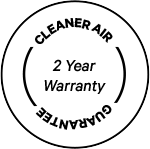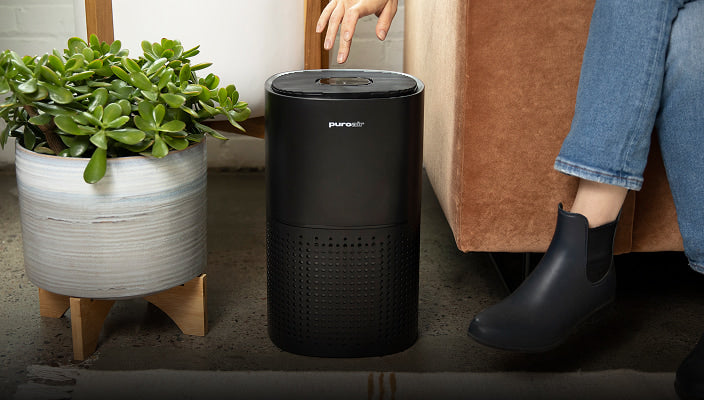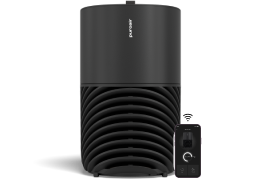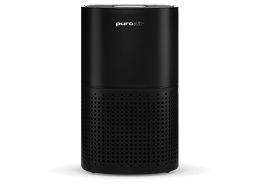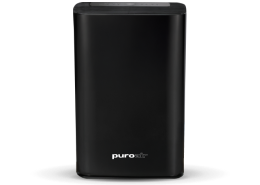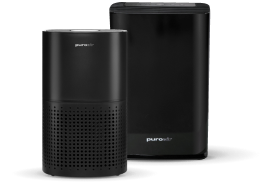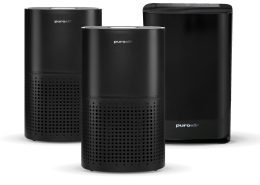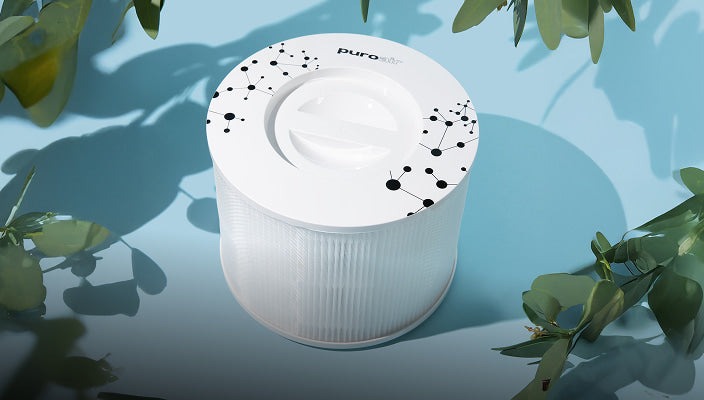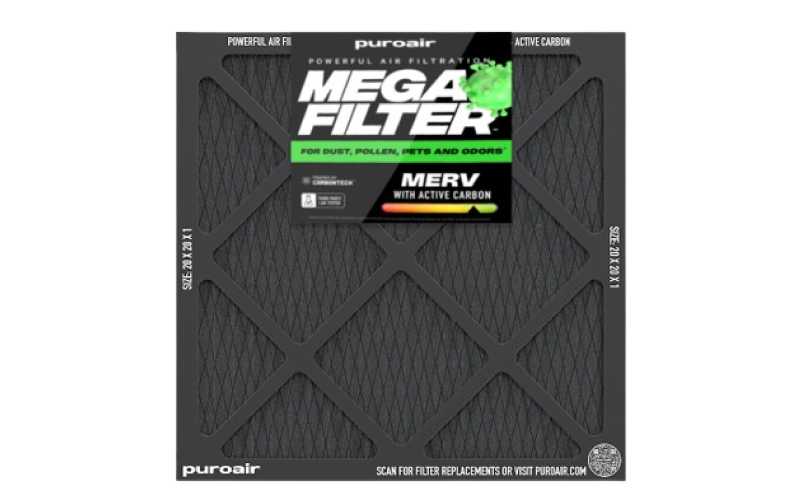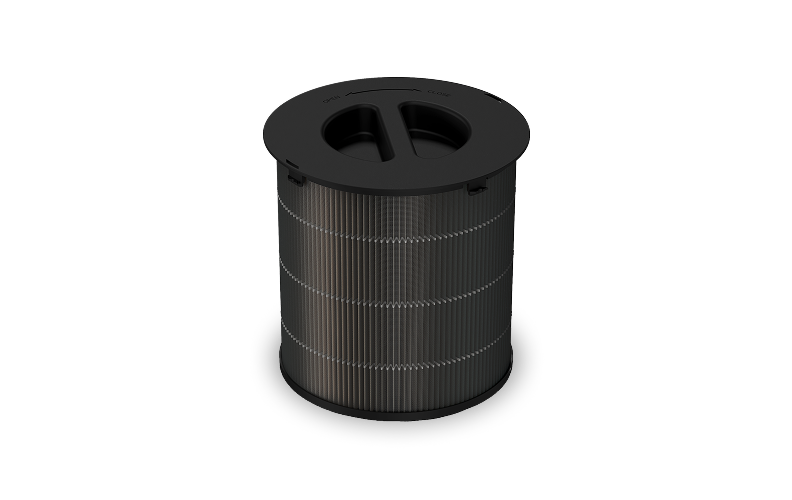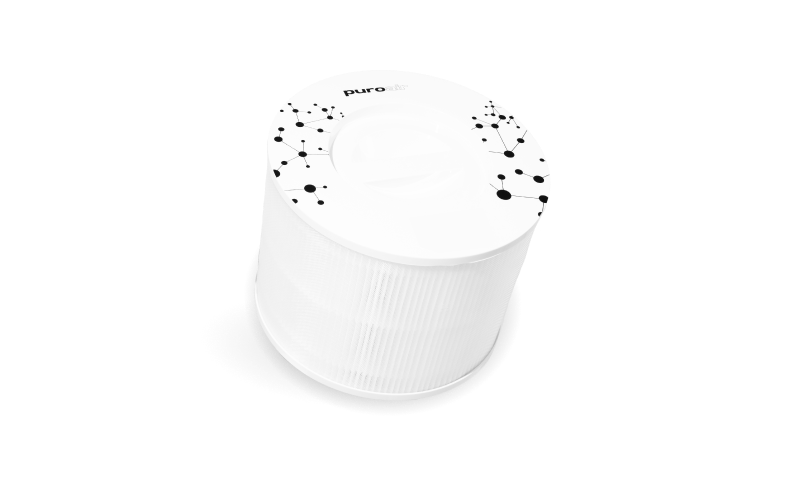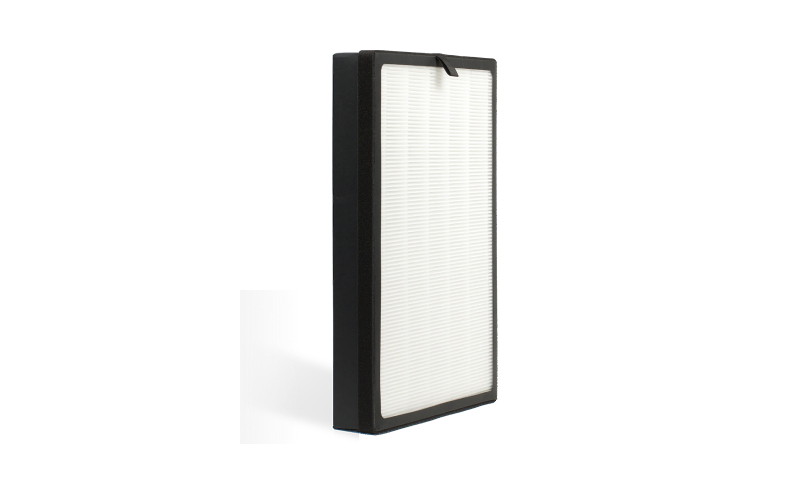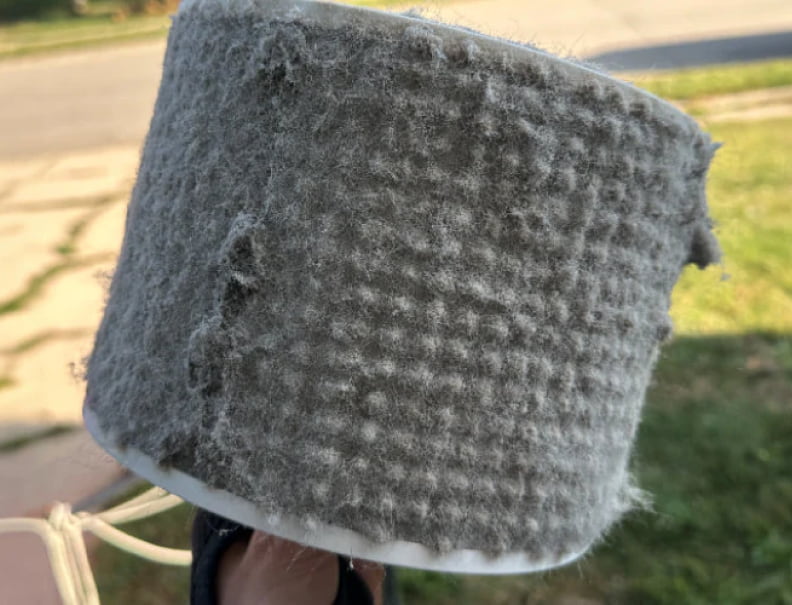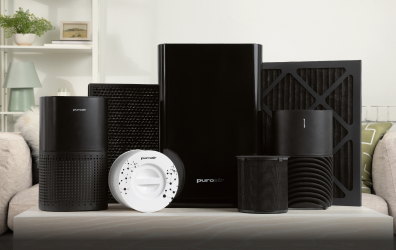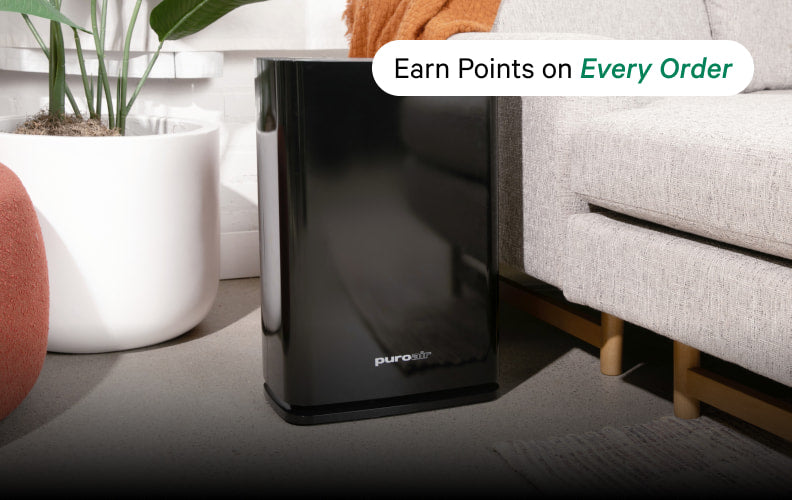This October, the scariest monsters aren’t hiding under your bed, they are floating in the air you breathe. Indoor air quality is often an invisible threat to the health and safety of your home. While your family decorates with fake spiders and cobwebs, there are real dangers lurking in every room. Keep reading to discover the hidden microscopic monsters that most homeowners never see coming.
Invisible Villains
Particulate Matter: The Size Spectrum of Microscopic Monsters
It's crucial to understand that not all particles are created equal. The size of airborne particles directly determines how deeply they can penetrate your respiratory system and the damage they can inflict on your health. Think of it as a hierarchy of microscopic villains, each smaller and more sinister than the last. To get a better idea of size, keep in mind that a piece of human hair has a width of about 70 micrometers. Even the largest of these particles are incredibly small and invisible to the naked eye.
PM10 (10 micrometers): These larger particles can irritate your nose, throat, and upper respiratory tract, but most are filtered out by your body's natural defenses like nose hairs and mucus membranes.
PM2.5 (2.5 micrometers): Significantly more dangerous, these particles, which are 30 times smaller than the width of a human hair, are small enough to bypass your upper respiratory defenses and penetrate deep into your lungs, potentially entering your bloodstream.
PM1 (1 micrometer): Even smaller, these ultrafine particles are the size of bacteria and can easily cross from your lungs into your circulatory system and travel throughout your body causing inflammation in other organs.
PM0.1 (0.1 micrometers): The most dangerous particulate matter of all. These nanoparticles are so incredibly small they can cross the blood-brain barrier and directly affect your brain and nervous system leading to serious health concerns.
The Threat:
Particulate matter ranges in threat level but from irritation to full body inflammation and health concerns like heart disease, high blood pressure, and even dementia, particulate matter is a threat to take seriously.
Where it Hides:
In our homes, particulate matter often originates from burning things whether that be your cozy fall fireplace or the smoke and oil that burn while cooking your family’s favorite meal. Candles are another common culprit. Although they can certainly make your home smell like pumpkin spice and give major cozy vibes, candles are often made with paraffin waxes and artificial fragrances that release chemicals, black carbon, and PM2.5 into the air from the combustion process.
The Damage:
Because particulate matter is so small, it can infiltrate many body systems including the cardiovascular system and brain. It can trigger symptoms like asthma and respiratory irritation as well as brain fog. New studies have even shown that PM2.5 can increase risk of dementia.
Volatile Organic Compounds (VOCs): The Chemical Phantoms
The Threat:
VOCs are invisible gasses that “off-gas” from common household items. You know the headache you may get when your house gets painted or when new carpets are installed? You have VOCs to blame. The chemicals from these products are released into the air and can quickly accumulate to dangerous levels in indoor environments.
Where it Hides:
VOCs are most commonly found in products that are chemical based like paints, stains, glues, cleaning products, and some personal care products. That “new” smell that you may be familiar with from furniture, carpets and mattresses is also caused by VOCs.
The Haunting Effects:
VOCs can be damaging to our respiratory systems, but the most obvious effects will be unpleasant symptoms like headaches, dizziness, nausea, and eye, nose and throat irritation.
Biological Horrors: Mold, Dust Mites, and Pet Dander
The Threat:
These living microscopic organisms can multiply in your home and cause irritation and allergic reactions.
Where they Hide:
Mold loves to hang out in humid areas like bathrooms and basements. Mold spores can become airborne and quickly spread throughout your space. Dust mites are often found in dusty, humid spaces. They thrive in carpets, upholstered furniture, air vents, and dirty mattresses and bedding. Pet dander is often found wherever your pet hangs out the most. Even though fur and dander may accumulate in their favorite spots, dander is so small that it can easily become airborne, triggering allergic reactions around the home.
The Haunting Effects:
These biological particles are “natural” in a sense, but they are still irritating to our systems. Asthma attacks, skin irritation, allergic reactions and more are all common but can be especially severe in sensitive individuals.
Nitrogen Dioxide: The Cooking Culprit
The Threat:
Many people are unaware that the gas appliances in their kitchen also produce a toxic gas, called nitrogen dioxide (NO2) in the process of combustion. Levels of NO2 can reach dangerous levels inside, especially in kitchens with poor ventilation.
Where it Hides:
The kitchen is the main hiding place for NO2 since many homes have gas kitchen appliances. NO2 can also come from other combustion sources like fireplaces or car exhaust from garages.
The Spooky Effects:
Breathing in high amounts of NO2 can lead to respiratory irritation and inflammation. NO2 is especially problematic for children. Studies have shown that exposure to NO2 increases the risk of asthma in young children.
The Filter Defense: The Real Superhero This Season is Your Air Filter
Understanding the enemy is only half the battle. You need the right weapons to fight back. When it comes to air filtration, not all filters are created equal, and the level of protection depends entirely on what size particles they can capture.
The Air Filtration Hierarchy
Basic Filters (capture particles > 10 micrometers)
- Standard HVAC filters
- Capture large dust, pollen, and debris
- Minimal health protection against fine particles
Standard HEPA Filters (99.97% efficient at 0.3 micrometers)
- Capture PM2.5, PM1, and larger particles
- Industry standard for air purification
- Good protection against most airborne threats
Advanced HEPA Filters (99.97% efficient at 0.1 micrometers)
- Capture PM0.1 and all larger particles
- Superior protection against ultrafine particles
- Can filter nanoparticles that cross blood-brain barrier
PuroAir's Superior Protection: Filtering Down to PM0.1
This is where PuroAir stands apart from the competition. While most air purifiers stop at the standard HEPA level (filtering particles down to 0.3 micrometers), PuroAir's advanced HEPA + CarbonTechTM filters can capture particles as small as 0.1 micrometers, protecting you from even the smallest PM0.1 particles. The activated carbon layer uses adsorption to filter gases, odors, and VOCs out of your air. During the adsorption process, these molecules chemically bond to the carbon layer’s surface so they cannot re-enter into your home’s air.
The Filtration Breakdown
|
Particle Size |
Health Threat Level |
Standard HEPA Filter |
PuroAir HEPA Filter |
|
PM10 |
Medium |
Filtered* |
Filtered* |
|
PM2.5 |
High |
Filtered* |
Filtered* |
|
PM1 |
Very High |
Filtered* |
Filtered* |
|
PM0.1 |
Critical |
May Pass Through |
Filtered* |
Banishing the Demons: Protect your Home
This Halloween season, focus on the real risks as well as the fun ones. While the jury is still out on whether ghosts are real, there is no debate that indoor air quality is a true risk to your health. Rid your home of these spooky suspects by eliminating this evil at its source and being aware of what common household items may put you at risk, implementing proper ventilation, and investing in an air purifier. Check out PuroAir’s line of air purifiers and HVAC filters, and you’ll quickly be on your way to cleaner air in no time.

